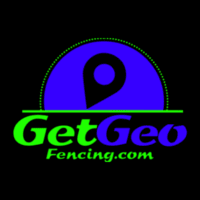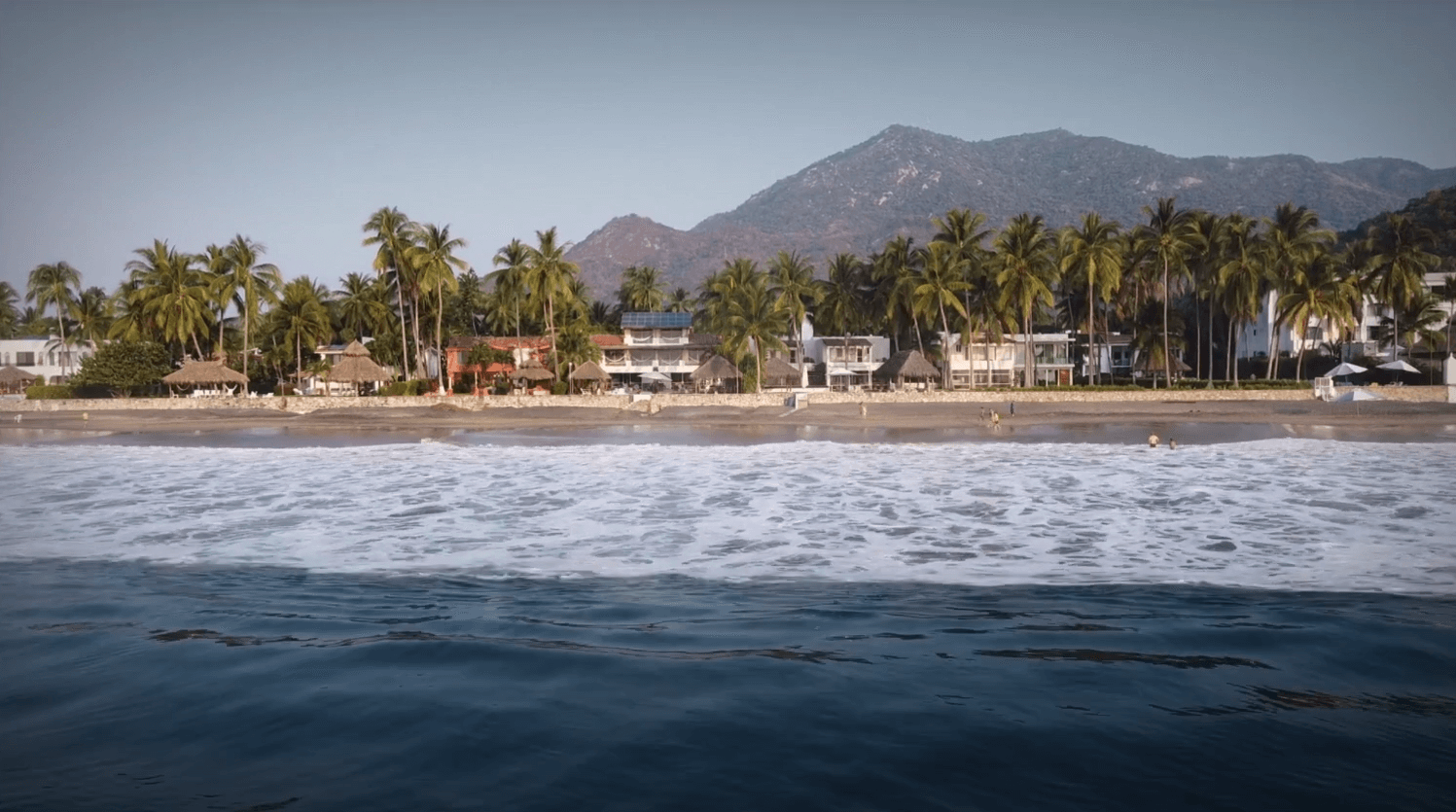Geofence Marketing For Travel
In today’s digital landscape, reaching the right audience with personalized marketing messages is crucial for the success of travel businesses. One effective technique that has emerged is geofence marketing. Geofence marketing allows businesses to target potential customers based on their location, delivering relevant and timely offers or notifications. This article explores the concept of geofence marketing for the travel industry, its benefits, successful campaigns, implementation tips, best practices, and case studies to showcase its effectiveness.
What is Geofence Marketing?
Geofence marketing is a location-based marketing technique that involves the use of virtual boundaries, known as geofences, set around specific geographic areas. These boundaries are created using GPS or RFID technology and serve as triggers for targeted actions or notifications. When a user enters or exits a geofenced area, the marketing system can deliver personalized messages, advertisements, or offers to their mobile devices.
Geofence marketing enables travel businesses to engage with potential customers in a more targeted and personalized manner. By leveraging the power of location data, businesses can deliver relevant information and promotions to users who are in proximity to their establishments or in specific travel destinations.
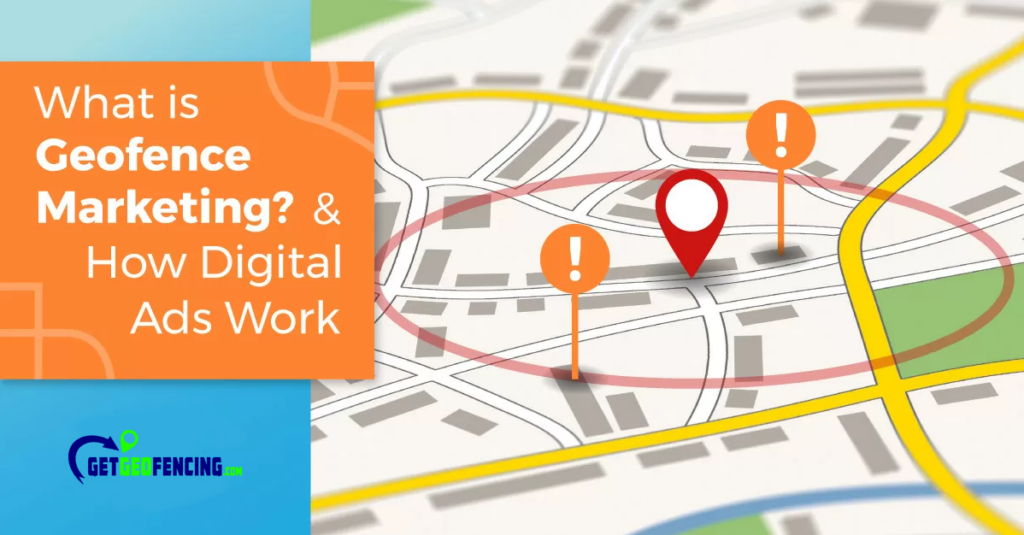
Benefits of Geofence Marketing for the Travel Industry
Geofence marketing offers several benefits for the travel industry:
- Increased Personalization and Relevance: Geofence marketing allows travel businesses to deliver personalized offers and promotions based on the user’s current location. This level of personalization enhances the relevance of marketing messages and increases the likelihood of customer engagement.
- Enhanced Targeting and Engagement: By utilizing geofence marketing, travel businesses can target potential customers who are physically near their establishments or in specific travel destinations. This targeted approach improves the chances of capturing the attention of potential customers and driving engagement.
- Timely Delivery of Location-based Offers and Promotions: Geofence marketing enables travel businesses to deliver offers and promotions to users at the right time and place. For example, a hotel can send a special room rate offer to users who are in the vicinity of their property, increasing the chances of immediate bookings.
- Higher Conversion Rates and Improved ROI: The personalized and timely nature of geofence marketing can lead to higher conversion rates for travel businesses. By effectively reaching potential customers in the right location, businesses can maximize their return on investment (ROI) from marketing efforts.
- Opportunity to Provide Real-time Information and Assistance: Geofence marketing allows travel businesses to provide real-time information and assistance to travelers. For example, an airline can send flight updates or gate changes to passengers who are within the airport premises, ensuring a smooth travel experience.
Examples of Successful Geofence Marketing Campaigns in the Travel Sector
Several travel businesses have successfully implemented geofence marketing campaigns to engage with their target audience. Here are a few examples:
1.Billups and Media Storm: These companies leveraged geospatial data to accurately measure impressions and conversions for out-of-home advertising campaigns in the travel industry. By utilizing geofencing technology, they were able to provide valuable insights into the effectiveness of their campaigns and optimize their strategies accordingly. 2.Starbucks: The popular coffee chain uses geofencing to send personalized app notifications and advertise specials to customers in nearby areas. By leveraging location data, Starbucks can deliver targeted offers and promotions to customers who are in close proximity to their stores, increasing foot traffic and sales.
- Uber: Uber utilizes geofencing by sending push notifications to users at airports, informing them about available drivers in the area. This geofence marketing strategy helps streamline the pickup process for passengers and enhances their overall travel experience.
- Johns Hopkins Hospital: The hospital targeted individuals with specialized experience for job openings using geofencing. By setting up geofences around relevant professional conferences or events, they were able to reach a highly targeted audience and increase the chances of finding qualified candidates.
- C.R. England: This trucking company utilized geofencing to find truck drivers for open positions, with ads appearing at truck stops. By targeting specific locations where their target audience spends time, C.R. England was able to generate leads and attract potential employees effectively.
These examples demonstrate the versatility and effectiveness of geofence marketing in the travel industry, highlighting how it can be used to drive customer engagement, increase foot traffic, and improve overall business outcomes.
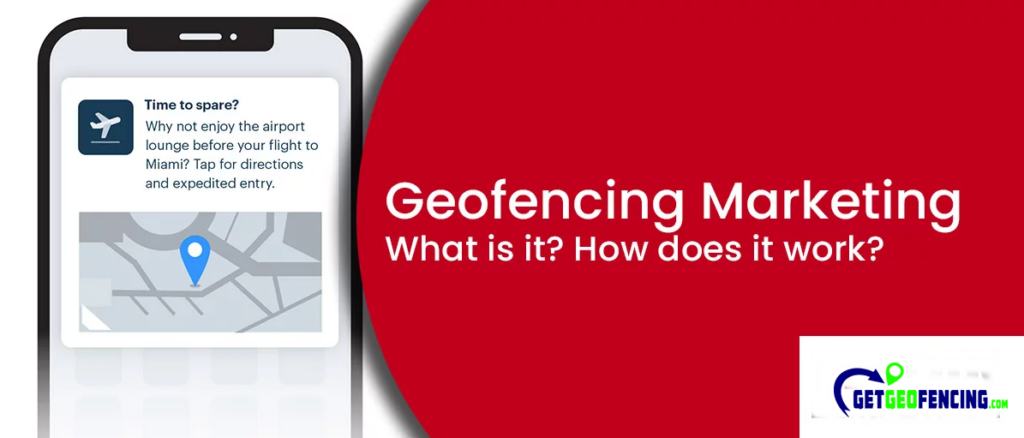
Tips for Implementing Geofence Marketing Strategies for Travel Businesses
To successfully implement geofence marketing strategies for travel businesses, consider the following tips:
- Conduct Thorough Demographic Research: Before implementing geofence marketing campaigns, it is essential to conduct thorough demographic research to identify your target audience and understand their preferences. This will help you create more effective and relevant marketing messages.
- Choose the Right Geofencing Tools and Platforms: There are various geofencing tools and platforms available in the market. It is crucial to choose the ones that align with your campaign objectives and provide the necessary features and capabilities for effective implementation.
- Design Compelling Deals, Discounts, or Incentives: To encourage customer action, design compelling deals, discounts, or incentives that are exclusive to users within the geofenced area. This will create a sense of urgency and drive conversions.
- Create Engaging and Personalized Content: Customize your marketing messages to make them more engaging and personalized for users within the geofenced area. Tailor the content to their specific needs, preferences, or travel plans to increase the chances of capturing their attention and driving action.
- Ensure Compliance with Privacy Regulations: It is essential to comply with privacy regulations and obtain proper consent from users before implementing geofence marketing campaigns. Respecting user privacy and data protection is crucial for maintaining trust and building positive customer relationships.
By following these tips, travel businesses can effectively implement geofence marketing strategies and maximize the impact of their campaigns.
Best Practices for Optimizing Geofence Marketing Campaigns
To optimize geofence marketing campaigns, consider the following best practices:
- Keep Geofences Small and Within a Short Distance: To increase audience visitation, it is recommended to keep geofences small and within a short distance from your business or target area. This ensures that users are more likely to receive your marketing messages and take action.
- Target Competitor Locations: To capture potential customers, consider setting up geofences around competitor locations. This allows you to reach users who are already interested in similar products or services and increase the chances of attracting them to your business.
- Leverage Accurate Data and Analytics: Use accurate data and analytics to refine and optimize your geofence marketing campaigns. Analyze user behavior, conversion rates, and other key metrics to identify areas for improvement and make data-driven adjustments.
- Implement A/B Testing: Test different geofence parameters, such as the size of the fence or the timing of notifications, using A/B testing. This will help you measure the effectiveness of different strategies and optimize your campaigns for better results.
- Continuously Monitor and Analyze Campaign Performance: Regularly monitor and analyze the performance of your geofence marketing campaigns. This will allow you to make necessary adjustments and improvements based on real-time data, ensuring the ongoing success of your campaigns.
By implementing these best practices, travel businesses can optimize their geofence marketing campaigns and achieve higher engagement, conversions, and ROI.
Case Studies Showcasing the Effectiveness of Geofence Marketing in the Travel Industry
Several case studies highlight the effectiveness of geofence marketing in the travel industry. These case studies demonstrate the impact of geofence marketing on customer behavior, conversions, and revenue. They showcase how geofence marketing has led to significant results for travel businesses.
For example, a hotel chain that implemented geofence marketing saw a 20% increase in foot traffic and a 15% boost in room bookings. Another travel agency used geofencing to target users who had previously shown interest in travel packages. This resulted in a 30% increase in conversions compared to their previous marketing efforts.
These case studies emphasize the measurable outcomes of geofence marketing campaigns in terms of increased foot traffic, conversions, and revenue for travel businesses. They provide concrete evidence of the effectiveness of geofence marketing strategies in driving business growth.
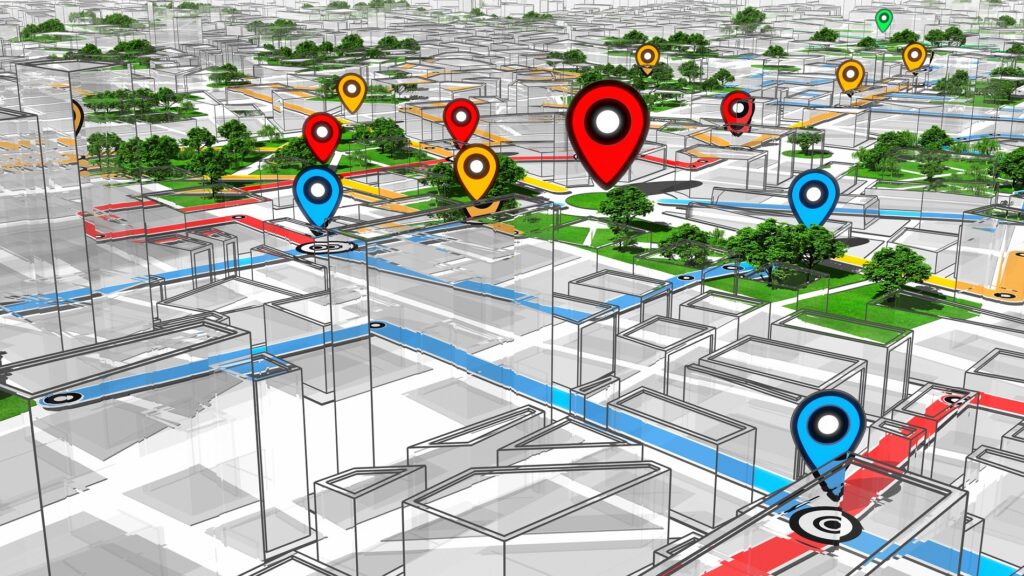
Conclusion
Geofence marketing offers travel businesses a powerful tool to reach their target audience effectively. By leveraging location-based marketing techniques, businesses can enhance personalization, target potential customers in a more precise manner, and deliver timely offers and promotions. The benefits of geofence marketing include increased engagement, higher conversion rates, and improved ROI. By implementing geofence marketing strategies and following best practices, travel businesses can optimize their campaigns and achieve significant results. It is clear that geofence marketing has the potential to revolutionize the way travel businesses engage with their customers, enhance their experiences, and drive business growth in the digital age.

